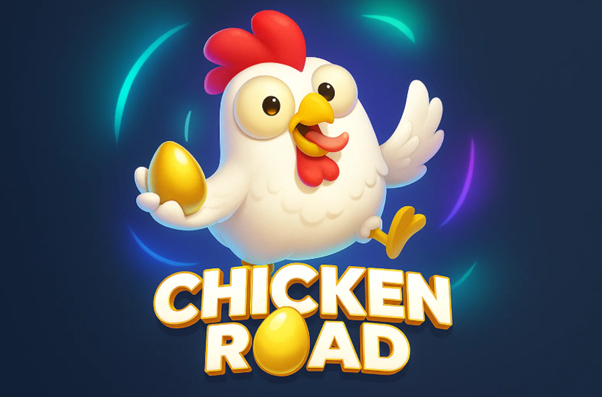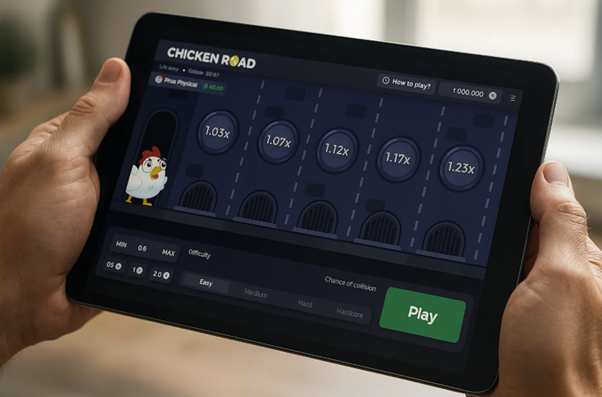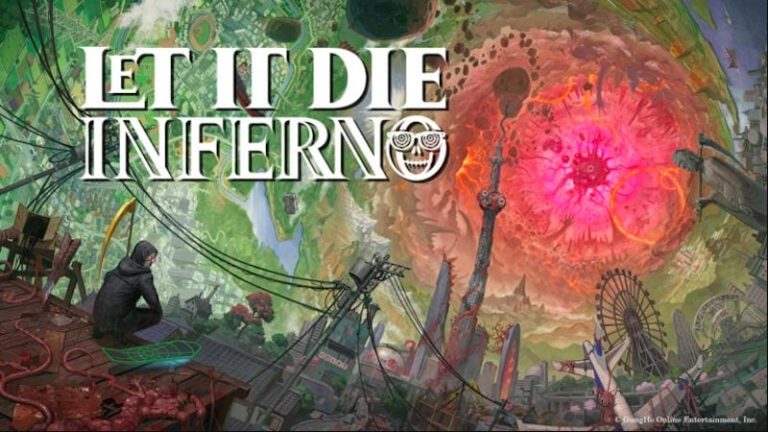Chicken road insights and tips that work, play today

I spent a full week running lanes in this quirky skill-leaning risk game, watching a brave hen sprint toward a shiny egg while danger lurks on every tile. The loop is simple: pick a difficulty, choose your step, weigh risk, press forward or cash out. It’s single-player, launched on April 4, 2024, and it posts a striking 98% RTP. In real sessions, though, results swing. That’s why I focus on structure: small stakes, clear targets, and a plan for retreat when the grid starts to bite.
If you want the official overview, the demo, and quick access to basics, I keep a tab open with Chicken road while I test. It’s handy for a refresher on the four modes, how the danger ramps, and what the studio promises around odds. I also like to cross-check my own logs there, especially after sessions where I push beyond my usual step limit. A clean source next to my notes keeps my decisions steady.
How the core mechanics reward smart steps
The fun here sits between nerve and patience. Each run is a chain of choices that either builds value or ends in a puff of feathers. The four modes—easy, medium, hard, and hardcore—don’t invent new rules; they scale risk and potential payouts. On lower modes you’ll see safer paths more often, which suits a slow, laddered approach. On higher modes, variance kicks, and the game pays better per correct step but punishes any slip. Even with a 98% RTP, the spread session to session can feel sharp. I try to read momentum, yet I never assume a “hot board.” The math doesn’t remember me.
Difficulty levels and what changes
When I map a session, I start easy to warm up my timing and confirm that my cash-out button feels natural. Then I move to medium, where the rewards per correct step feel more meaningful without turning every click into a cliff. Hard is where I spend most of my focused time, because it supports step-based targets and keeps me honest about exits. Hardcore is spice: higher potential, but I treat it like a short sprint at the end of a settled session. The game is single-player, so no peer pressure; your discipline is the only voice in the room, and that can be both a gift and a challenge.
- Easy: gentle risk, good for testing a two-step cash-out pattern.
- Medium: firmer rewards, still compatible with modest ladders.
- Hard: sharp payouts per step; respect tighter stop rules.
- Hardcore: swingy and tempting; treat as a capped excursion.
Even inside the same mode, streaks happen. I’ve had ten clean lanes, then a rough patch that clipped me three times in four runs. That’s why I track not only results but also mood. If I feel rushy, I pause. Risk games invite tilt in small ways: one extra step here, one skipped cash-out there. My notes include step count, mode, stake, and whether I hesitated. Over time, that diary is worth more than any hunch about how a board “feels.”
A simple session plan I use
I keep a compact playbook that fits a coffee break. I break the session into three phases: build, test, and cool-down. In build, I use easy or medium and run a two-to-three-step ladder with a small stake. If I hit targets twice, I allow myself one test in hard. In test, I switch to hard and aim for a specific step count—usually three. If I reach it cleanly, I cash out without negotiation. In cool-down, I go back to medium and finish with one or two short runs that return me to baseline if variance cut me in test. This rhythm reduces the urge to chase “just one more” deep push.
Bankroll rules that keep the run alive
Rules sound dull until they save you. I define a fixed session bankroll, then slice it into ten equal bullets. One bullet funds one run. If a run ends early, I log it and move on instead of doubling down. I also set a simple step ladder per mode: in easy, two steps; in medium, two or three; in hard, three maximum; in hardcore, never more than two without prior profit cushion. These aren’t sacred; they’re guardrails. They keep me from stretching a good mood into a bad loss. When a day is off, the plan lets me leave with most of my budget intact and a clear head.
- Session bankroll: split into ten equal units to prevent tilt.
- Pre-set ladders: cap the maximum step count for each mode.
- Fixed exits: cash out on target; avoid “one last” clicks.
- Cool-down runs: return to medium to close the day calmly.
To make those choices visible, I keep a quick crib sheet on my desk. It reminds me what I’m doing and why, and it beats making up rules mid-run when the egg glows brighter than my patience.
Here’s the sheet I use during tests:
| 😊 Phase | What I do | Why it helps |
| 🚀 Build | Easy/medium, 2-3 steps | Warm hands, gather small buffer |
| 🛡️ Guard | Hard with a 3-step cap | Lock discipline under pressure |
| 🎯 Target | Cash out on plan | Converts edge into banked result |
| 🧭 Exit | Stop at bankroll limit | Ends tilt before it starts |
That single page keeps my runs consistent. If I hit my daily profit cap, I stop even if the board looks friendly. If I hit my daily loss limit, I also stop. The game will still be there tomorrow, and my notes will make tomorrow better.
Reading the odds versus the RTP
The 98% RTP is a long-term average over many runs. In short stints, variance is the ruler. A few early stumbles can wipe a session; a few clean paths can make your day. That’s normal for risk-per-step designs. Don’t confuse high RTP with low danger. Instead, treat higher difficulty as an accelerator: it multiplies rewards per correct choice and magnifies punishment per error. This is why step caps matter. When I respect a three-step ceiling on hard, I’m turning a volatile curve into a controlled slope. It may feel less heroic, yet my logs show fewer drawdowns and a calmer heart rate.
Mistakes I keep seeing
I’ve watched friends jump from easy to hardcore because a run felt “hot.” It works sometimes, which creates a dangerous lesson. The better habit is to define promotions in advance: for example, two wins on medium unlock a single hard attempt. Another common issue is moving the exit. If your plan says “cash out at step three,” do it even when the egg looks close. I’ve also seen people raise stakes after a loss to “win it back,” which is tilt hiding behind math. Keep stake size fixed per phase, then reassess only after a break and a look at your notes.
- Chasing heat: switching modes on vibes instead of rules.
- Shifting exits: ignoring the plan after a close call.
- Martingale creep: lifting stakes after a loss.
- Session bloat: skipping the stop line because “one more.”
A final mistake is treating hardcore as a home. It’s dessert, not dinner. Short, capped, and only after the main plan has worked. If that sounds strict, remember you’re trading control for variance. Make that trade on your terms.
Small tactics that add up
A few micro-moves help more than any grand theory. First, click with a steady tempo. Rushed clicks lead to sloppy reads and second-guessing. Second, rehearse the cash-out. If your finger hunts for the button, you’ll hesitate right when the board turns. Third, journal the mood with the math. A note like “felt greedy after two hits, took one extra step and got clipped” teaches more than a list of numbers. Fourth, reset after a sharp loss: stand up, sip water, and return only if your plan still feels sensible.
Timing, devices, and comfort
I’ve played on both desktop and phone. Desktop wins for me because the wider view and stable hand reduce mis-clicks. On mobile, I shorten ladders by one step and lower the stake because distractions rise. If you commute, consider the phone as a practice lane on easy or medium. Save hard for a quiet desk. Also, check your environment: bright light and a stable surface reduce errors. None of this changes the math, but it changes you, and you make the clicks. A calm posture and clear screen are small edges, and small edges compound.
Before I forget, a word on expectations. This is a single-player experience with a clean loop. No chat to hype you, no leaderboards to nudge ego. That’s a plus. It means your rhythm sets the run. Respect that, and the game feels fair. Disrespect it, and you’ll see the same volatility as any step-risk title—just delivered with a charming hen instead of spinning reels.
Quick answers I’m asked a lot
People ask whether the game is “beatable” because of the high RTP. The honest answer: you can’t force a guaranteed edge out of a short session. What you can do is reduce waste—fewer reckless steps, cleaner exits, better bankroll pacing—and that often turns a messy day into an acceptable one. I treat sessions like sets at the gym. Count reps, log progress, stop when form fades. Over weeks, that mindset matters more than any lucky streak you remember from last Tuesday.
Fairness, updates, and who should try it
I haven’t seen anything that contradicts the studio’s 98% claim when I roll thousands of steps across modes. Results cluster around expectations, with hardcore spreading widest. The release date—April 4, 2024—means the design is recent, but it’s also settled enough to feel stable. If you like tight loops, tactical exits, and a feeling that your plan matters, you’ll enjoy it. If you prefer long form strategy or complex systems, this will feel too lean. Either way, start small. Let the plan earn trust. When it does, increase only in measured steps and keep notes as your constant companion.
If you’re ready to try this run, set a small bankroll, pick a mode, and give yourself a simple exit like “three clean steps, then cash out.” Open a demo, take notes, and move to real stakes only when your plan feels natural. Keep the Chicken road page nearby for a fast rules check. Then tell me how far your hen got today, and if this guide helped, share it with a friend and take your first measured steps now.





